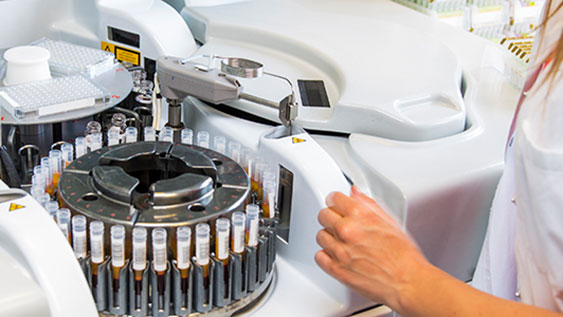
2018 Logistics Industry Trend Forecast:
Part Two of Three: A Healthy Outlook for Medical
Equipment Transport
By Len Batcha
President
Technical Transportation, Inc
Several trends point to active growth in the medical logistics industry over the coming year. Unfortunately, not all of the trends are the result of good news. In fact, some are due to severe disasters in 2017 that will have a measurable impact on the demand for medical equipment logistics, especially in the early part of the coming year.
Here’s a list of the top 5 trends I foresee in 2018.
- Healing in the aftermath of natural disasters
With so many severe hurricanes and uncontrollable wildfires in 2017, there is a pressing need to rebuild facilities and multiple infrastructures that must be replaced as soon as possible. Such a massive undertaking doesn’t happen overnight, and rebuilding medical care facilities is among the top priorities for reconstruction in the coming year.
It’s not just about replacing potentially life-saving equipment that was destroyed in recent months, the situation also puts a significant strain on the existing logistics network nationwide. The end result will be a rise in demand for both trucks and drivers alike, which is likely to push 2018 transport costs higher.
- The potential repeal of Obamacare
At this point, it’s impossible to say how the potential repeal of Obamacare will impact the logistics industry specifically, but the reality of what happens will have a direct—and possibly huge—impact on the healthcare industry overall. It could have a significant effect on costs across the board, from the cost of care to the cost of materials and equipment. When the rules change, the demand for new equipment often increases, which leads to a corresponding increase in order placement and shipment activity.
- Growing demand for pharmaceuticals and hematology equipment
We’re already seeing a shift back to a greater concentration on pharmaceutical and hematology equipment, and this trend is likely to continue throughout 2018. Also, the ongoing segmentation of the healthcare market as a whole could drive greater demand for additional emerging vertical segments that would require specialized medical equipment as well.
- A major shift in pharmaceutical dispensing requirements
The CVS purchase of Aetna could be a game-changer when it comes to medical care delivery and healthcare insurance. What’s more, the shift toward auto-dispensing units for pharmaceutical products in general will require FDA compliance for manufacturers and end users alike. Stricter compliance standards are always an impetus to ensure providers have all the equipment they need to meet the mandated guidelines. The likelihood is an increase in medical
equipment orders. - Higher patient expectations for quality service and care
Today, it’s the end consumer, not the provider, who has ultimate control over how and when they want to buy something. Buyer expectations for convenience and quality have risen dramatically, and healthcare providers aren’t exempt from these increasing consumer demands.
Such expectations create a greater need, not only for quality equipment and care, but also for seamless deliveries. In the next blog in this series, I’ll discuss 2018 logistics forecast trends for white glove deliveries in particular.
In the meantime, if you have any comments or suggestions for future blog ideas,
please get in touch.


